As I stepped into sustainable style at the recent Copenhagen Fashion Summit, I found myself immersed in a world where what meets the eye is also what’s right for the environment. The event brought together designers, activists, and industry leaders to converge around a new commitment to the kind of eco-consciousness that’s not just an idea but also a way to do business. It was somewhere between wandering through the showrooms and sitting in panel discussions that I really started believing in the energy of the place.
Creative minds here really seem to be set on changing the fashion landscape from one dominated by the kind of wasteful “fast” trends that are often ephemeral (and that we’re making amends for now, with clever recycling ideas) to one in which “mindful” craftsmanship is a given. At one of the breakout sessions, a panel that included the founder of Reformation and a representative from Patagonia explored the mingled successes and struggles of making sustainability look good. Hearing their remarks made me think of a recent visit to Reformation’s Los Angeles pop-up.
There, the modern, sophisticated silhouettes of best-selling dresses were, in Reformation’s own way, curated with stories about sourcing and production. Pop-up or not, Reformation aims for transparency, not just with its customers but across the industry. And from what I could tell, achieving that aesthetic with integrity is a driving force behind the smaller, independent designers whose collections were showcased at the summit.
Indeed, those designers spoke with a unified voice, clear and strong, about a future where fashion isn’t defined by trends of the moment but by the quality, durability, and environmental “low down” of what we wear. Though the summit provided a bird’s-eye view of global sustainable practices, my own experiences in cities like Chicago and New York have further shaped my perception of eco-chic. In Chicago, a city where the gritty urban landscape meets innovative design, I recently attended an exhibition at the Museum of Contemporary Art that focused on sustainable fashion.
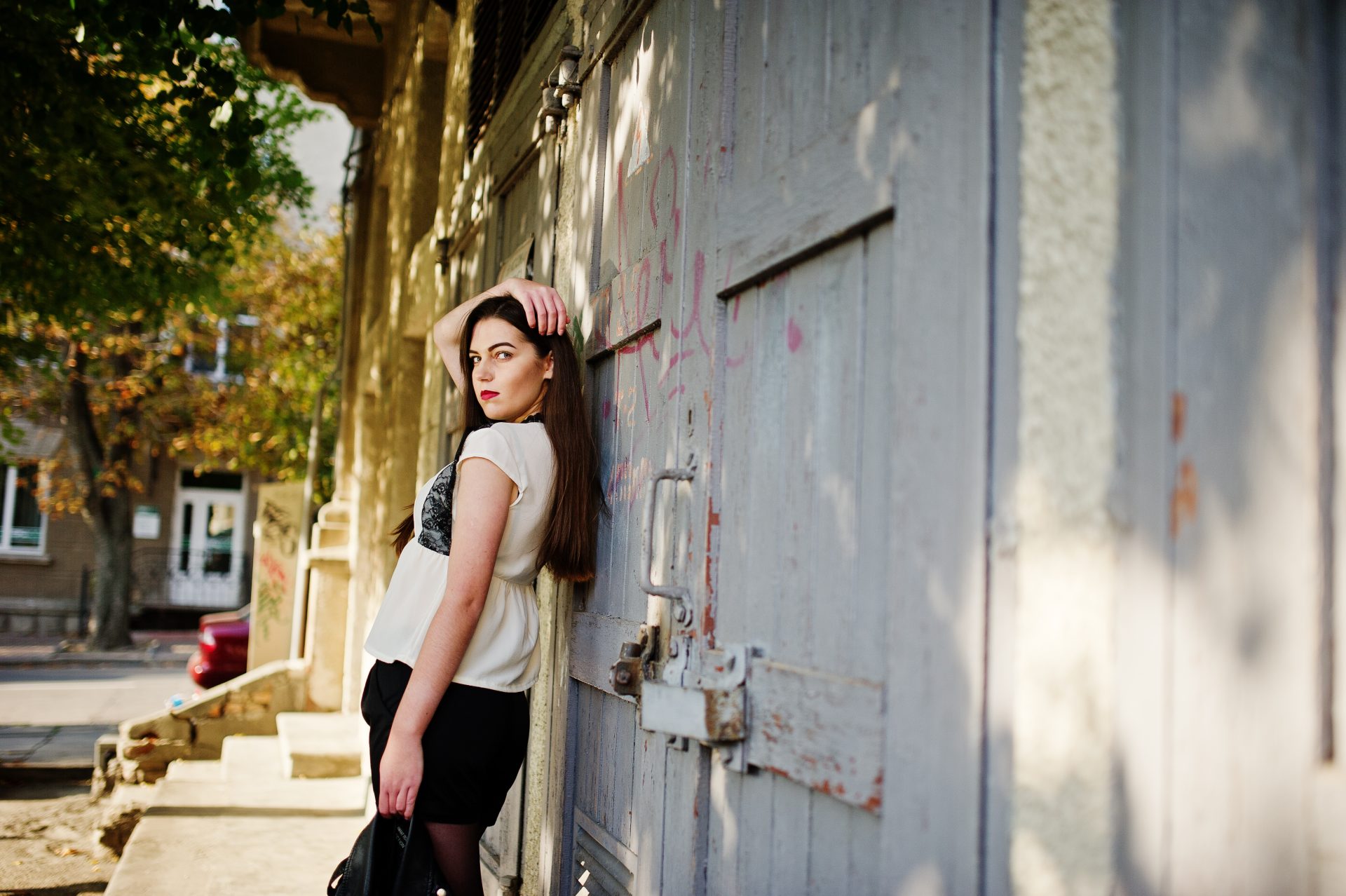
The exhibit featured pieces crafted from reclaimed materials and even repurposed vintage garments. It was a stark juxtaposition to what I usually experience in the fashion world, where waste seems to be the main ingredient in the creative process. In New York, I find that the art world has not caught up to the fashion world’s sustainability ethos, either.
I remember speaking with a local designer whose entire collection was built around this concept. It was a stark reminder that true sustainable fashion is not so much about making new things from new materials as it is about making new things from old ones. In New York, I’ve witnessed firsthand how eco-chic is being embraced by celebrities and influencers.
At a recent pre-Grammy afterparty in Manhattan, I observed a wave of ensembles that integrated sustainable elements. A well-known actress, whose red carpet choices often set new standards, was seen in biodegradable fabric. The stunning dress she wore was a collaboration with a label that adheres to strict environmental ethics.
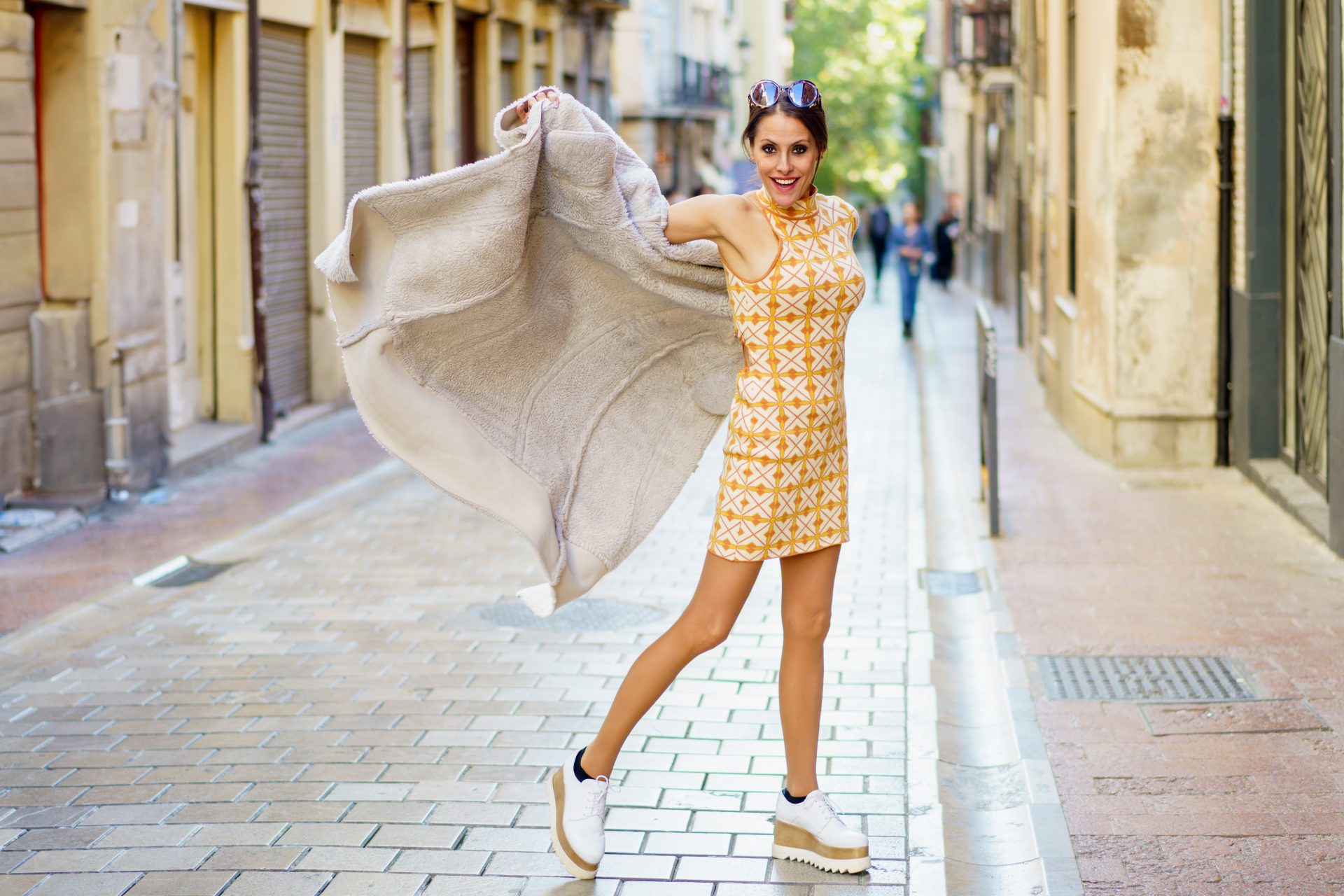
“I wouldn’t have expected anything less,” I thought to myself. All evening, it felt like sustainable fashion was at the forefront. Biodegradable fabrics on the main stage, hardly noticed by the naked eye.
Still, I wondered, Does anyone even know what sustainable fashion looks like? Sustainable fashion doesn’t just happen at international fashion weeks; it’s creeping into even the most quotidian of style niches, as urban dwellers seem increasingly likely to choose clothing that’s not just cute but that they can also feel good about. And this summer, it’s become possible (if you’re so fortunate as to live in or visit Brooklyn) to buy sustainable, locally produced, environmentally responsible and socially conscious fashion pretty much any day of the week.
Your shopping bag could be full of anything from handmade jewelry made with recycled metals to customizable, made-in-Brooklyn denim that can handle a laundromat’s worth of water-saving ingenuity. I had the opportunity to reconnect with a mentor in the industry—a seasoned editor from a renowned fashion magazine—who has long championed environmental responsibility in style. Over a casual dinner at a chic, eco-friendly restaurant in the West Village, we caught up and discussed the changing landscape of sustainable fashion.
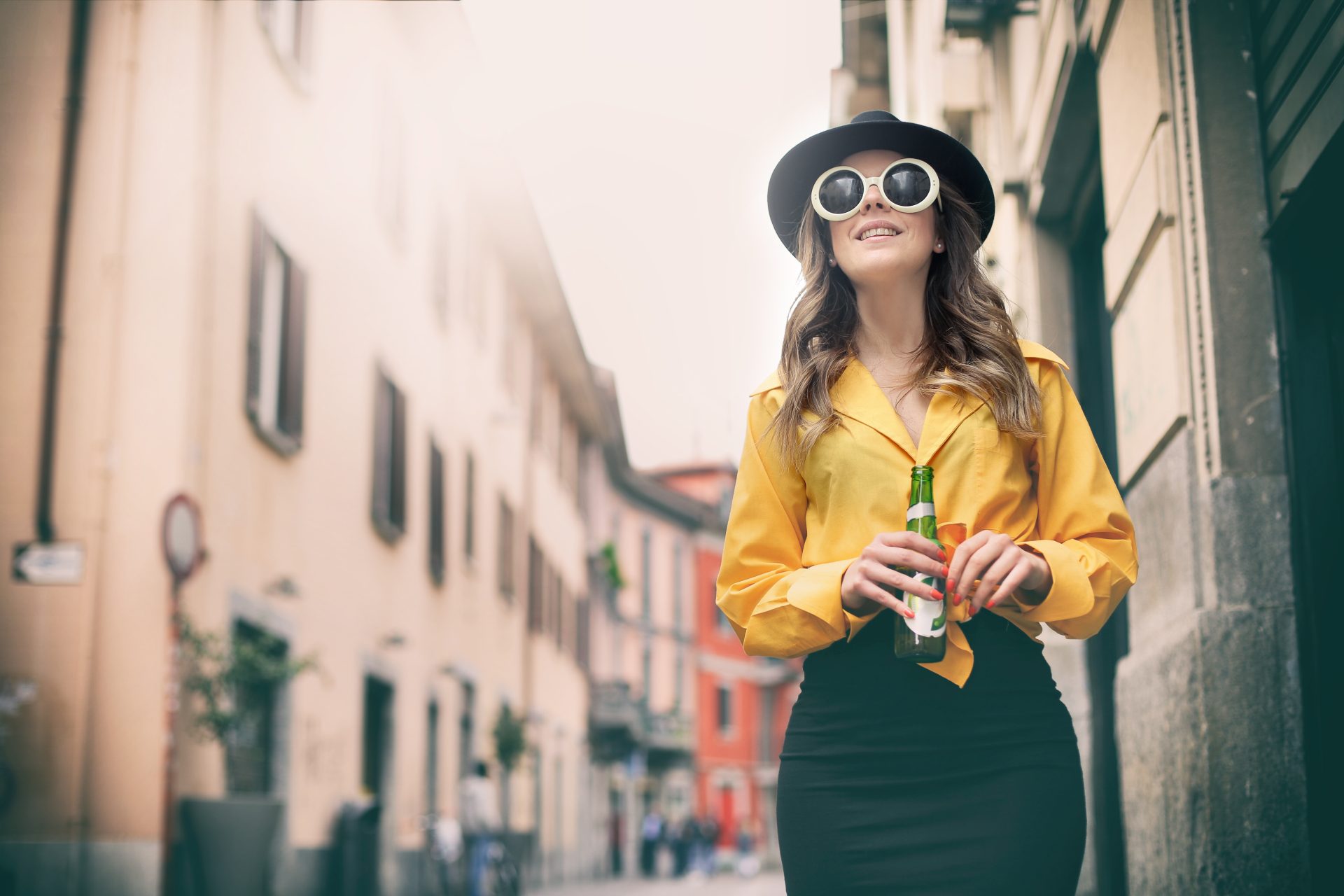
He recounted how, over the past decade, the industry has undergone a metamorphosis—from a slow, almost reluctant embrace of eco-friendly practices to a vibrant, competitive arena where innovation reigns. He cited Mara Hoffman as a top example of a brand that has successfully married vibrant design with a sustainable ethos. Her bold, artful prints are made in ways that would impress even the most ardent practitioner of sustainable design.
And, according to my mentor, Hoffman is just one of many designers who seem to be living by the principle that creativity can and should be sustainable. These experiences leave me feeling profoundly optimistic about the future of eco-chic. The push for sustainability has never been more urgent, and it’s incredibly encouraging to see that the fashion world is responding with such resourceful creativity.
Whether it’s at the unfathomable heights of fashion’s peak events or within the cozy salons of local fashion talent in cities across America, one message comes through loud and clear: eco-chic isn’t just a new set of clothes; it’s a mindset. It’s about reconstructing the way we think about our consumption, making the pivot from an overvaluing of immediacy and novelty to one that truly holds up quality and craftsmanship. One instance that evokes this essence occurred when I was invited to cover a project for a big-name fashion magazine.
I found myself in a Los Angeles studio, rubbing elbows with the kinds of people I never expected to meet. As I watched (and photographed) the studio’s designers, tasked with the top-secret project, I wondered how they ensured that the reclaimed materials they worked with were as safe and suitable for use in high-fashion items as my research indicated. The studio was a controlled environment, where every piece of eco-chic clothing was constructed to exacting standards.
I walked out with a sense that the designers and their employers really did have a labor-of-love reason for challenging and changing the fast-fashion model. Sustainable fashion is benefiting from tech, too. At the Sustainable Fashion Forum, I remember sitting in on a seminar where specialists extolled the virtues of that most cutting-edge of tech: the blockchain.
This initiative aims to give consumers a crystal-clear view of the supply chain, right down to the life cycle of their very clothes, from the kind of raw materials they’re made from (conversation-sparking cotton vs. kind-to-the-planet organic cotton) to the calico stitching that holds a garment in one piece. You can’t trust what you can’t see, and right now, fashion’s transparency is hanging by a thread.
While I navigate the ever-changing world of sustainable fashion, I find myself continually inspired by people who tell the stories of why they dare to do things differently. Whether at the high-energy events in Copenhagen or at small local markets in Brooklyn, the seemingly endless variety of countries and cultures that make up our modern global village reaffirms this: sustainable fashion is indeed possible, and it is indeed stylish. It is something to strive for, and the better we get at telling its stories—especially the intimate or unusual ones that are not easily pigeonholed—the more likely we are to attain a sustainable future in fashion.
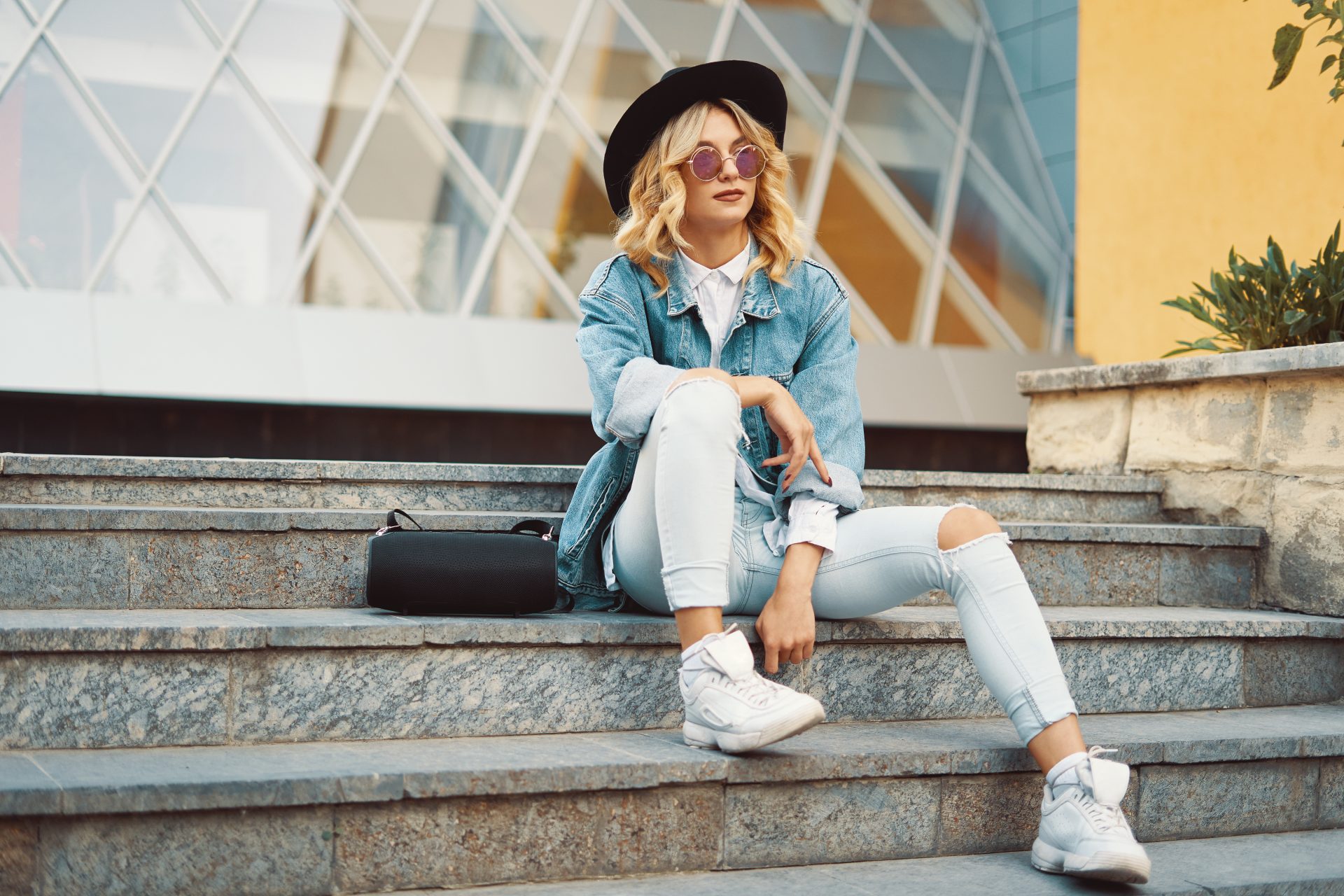
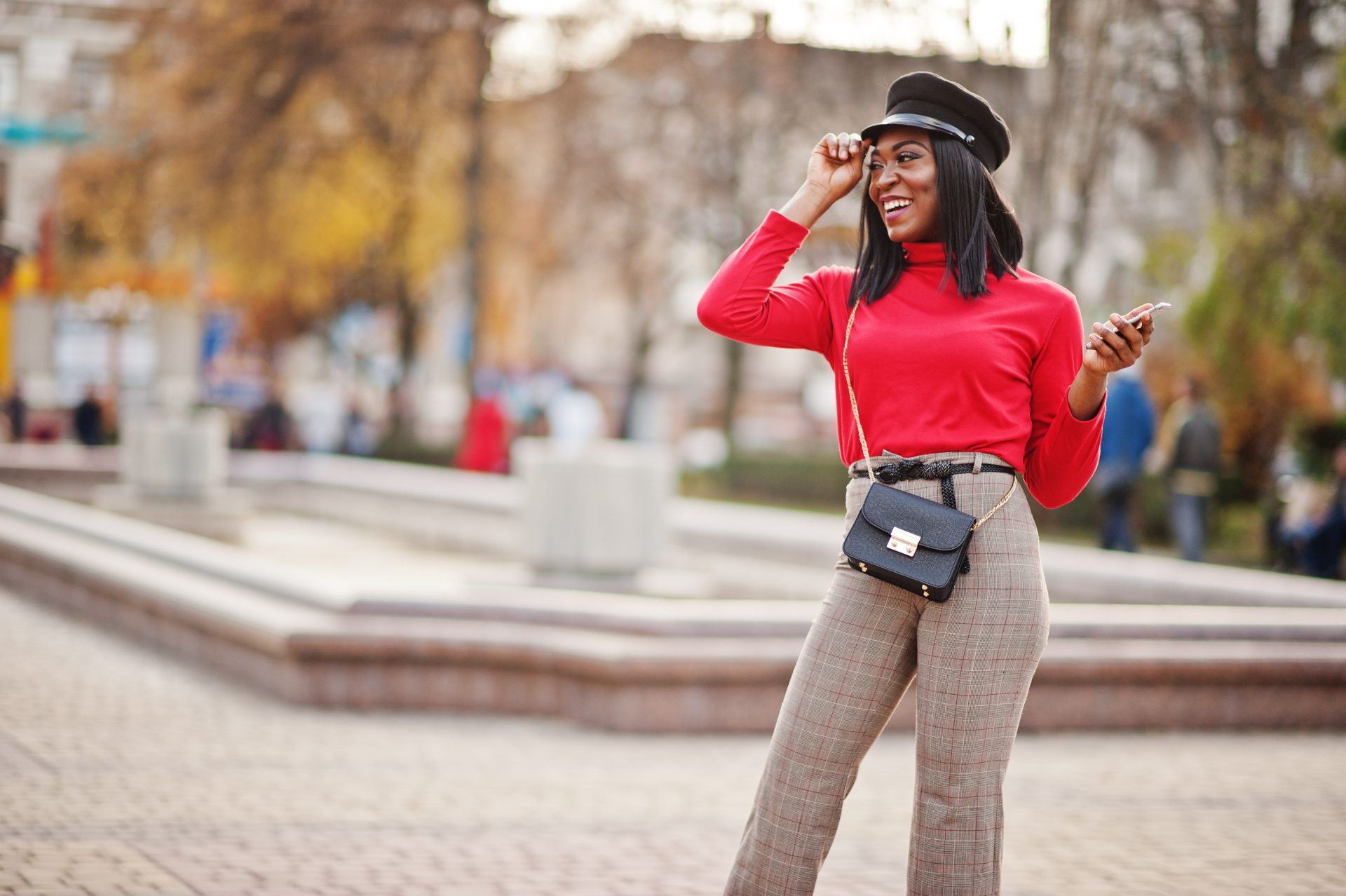


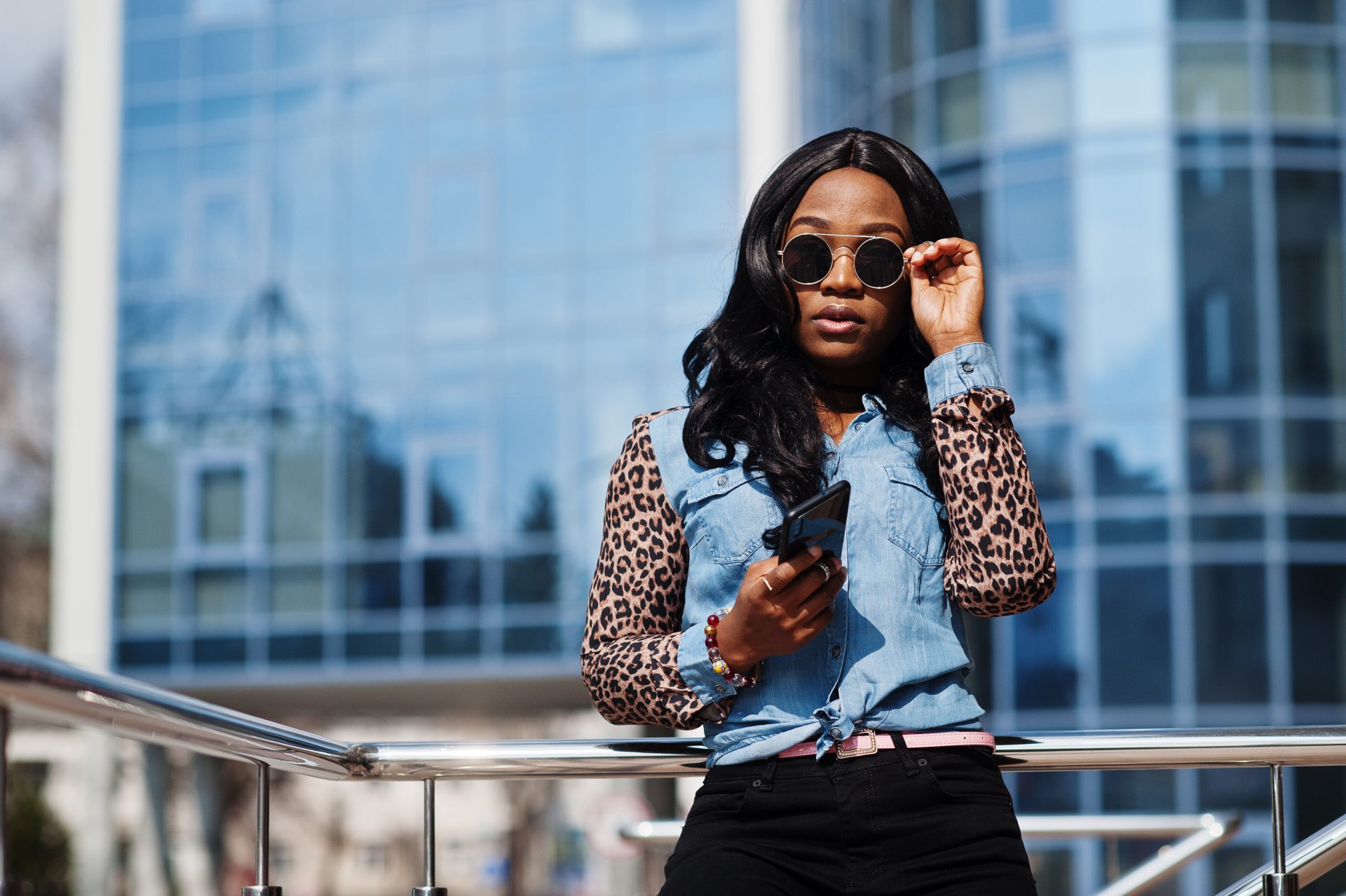
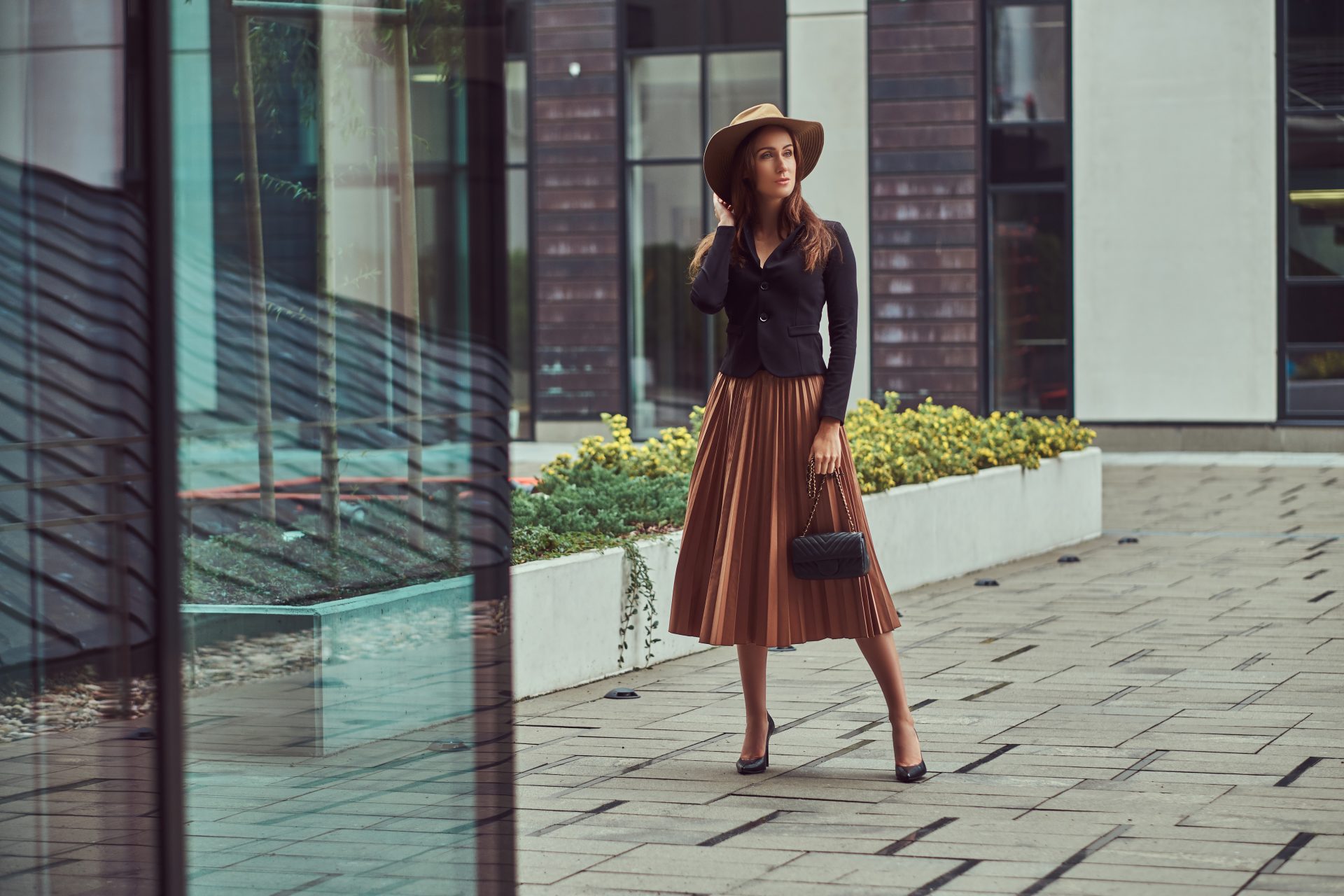


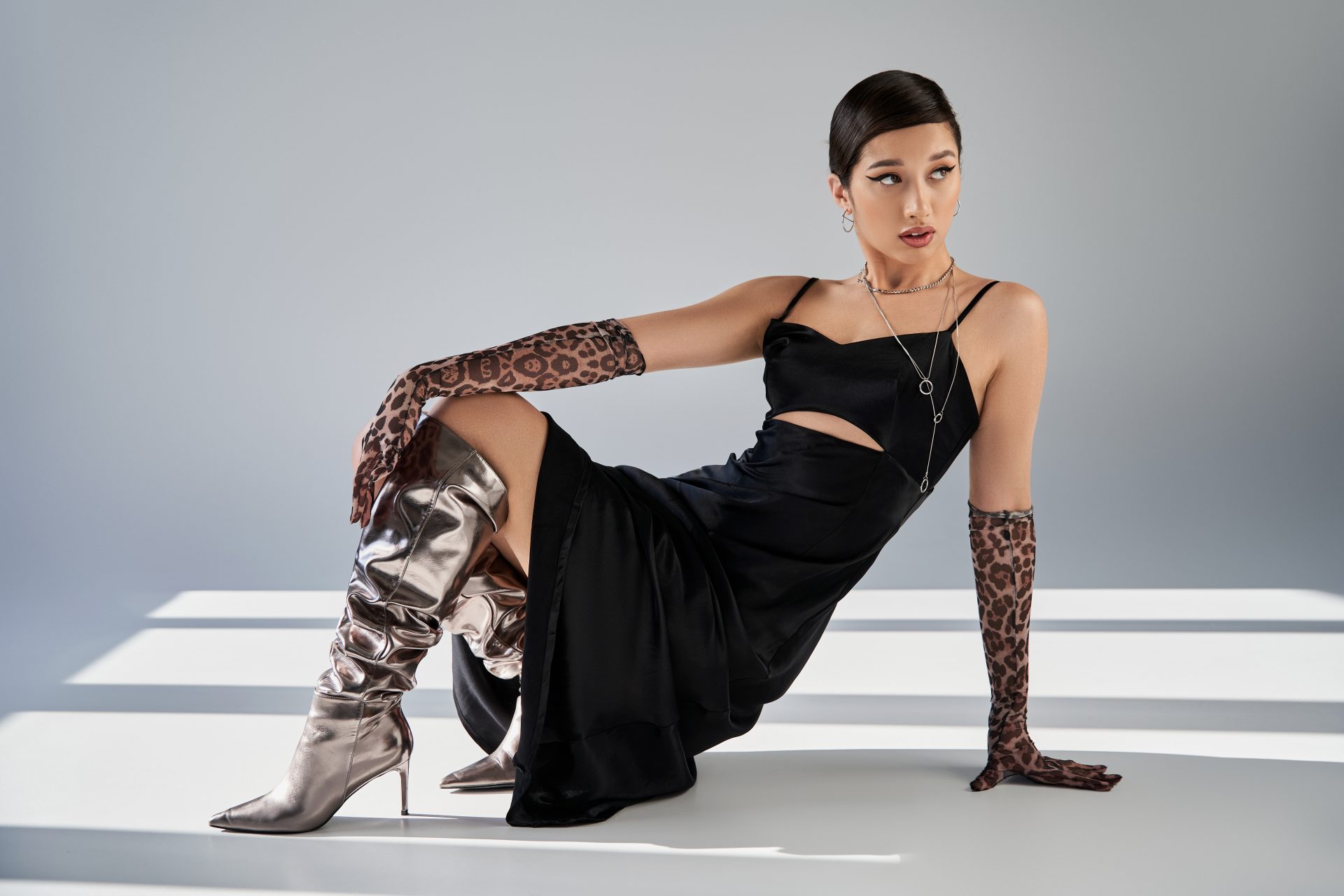

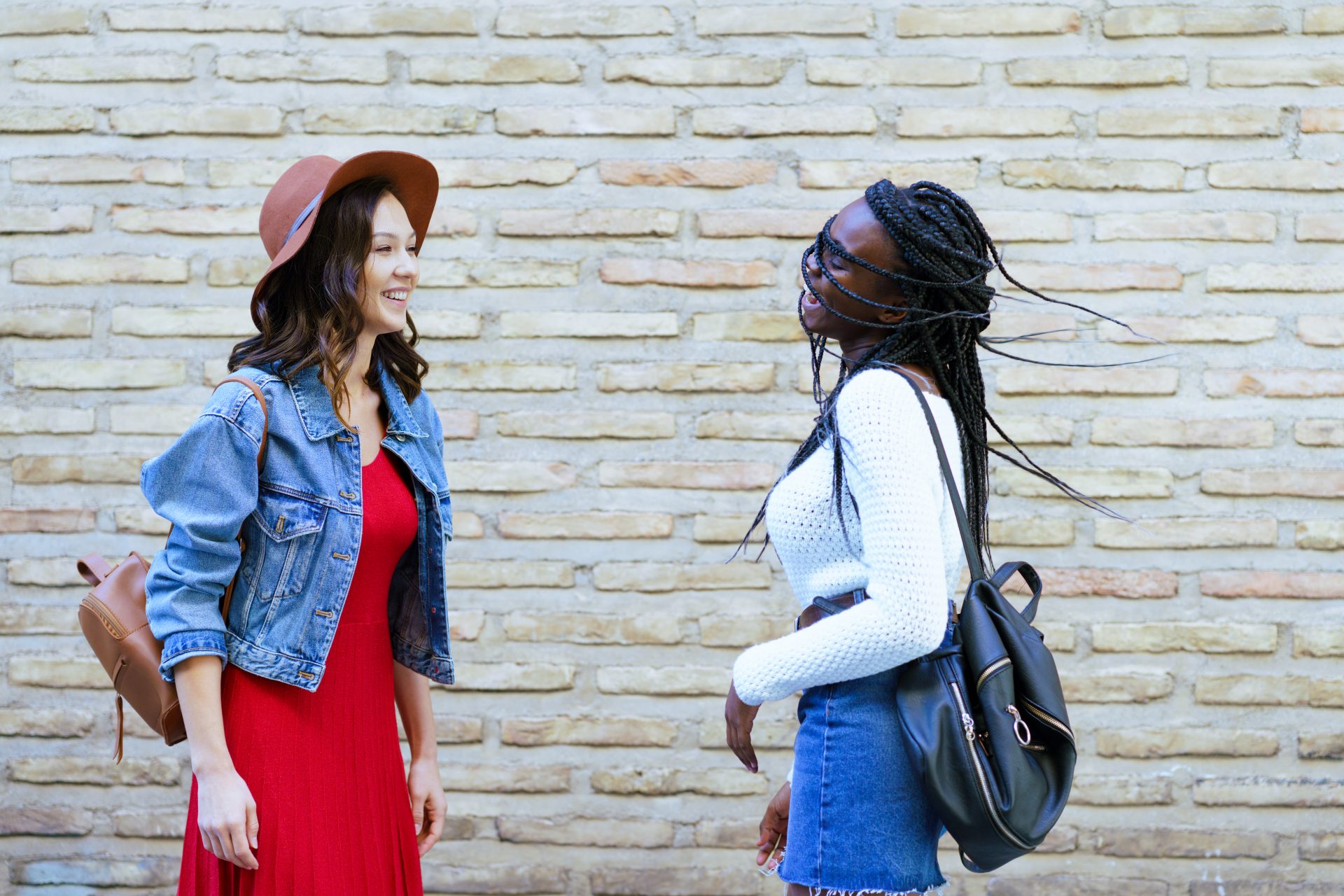
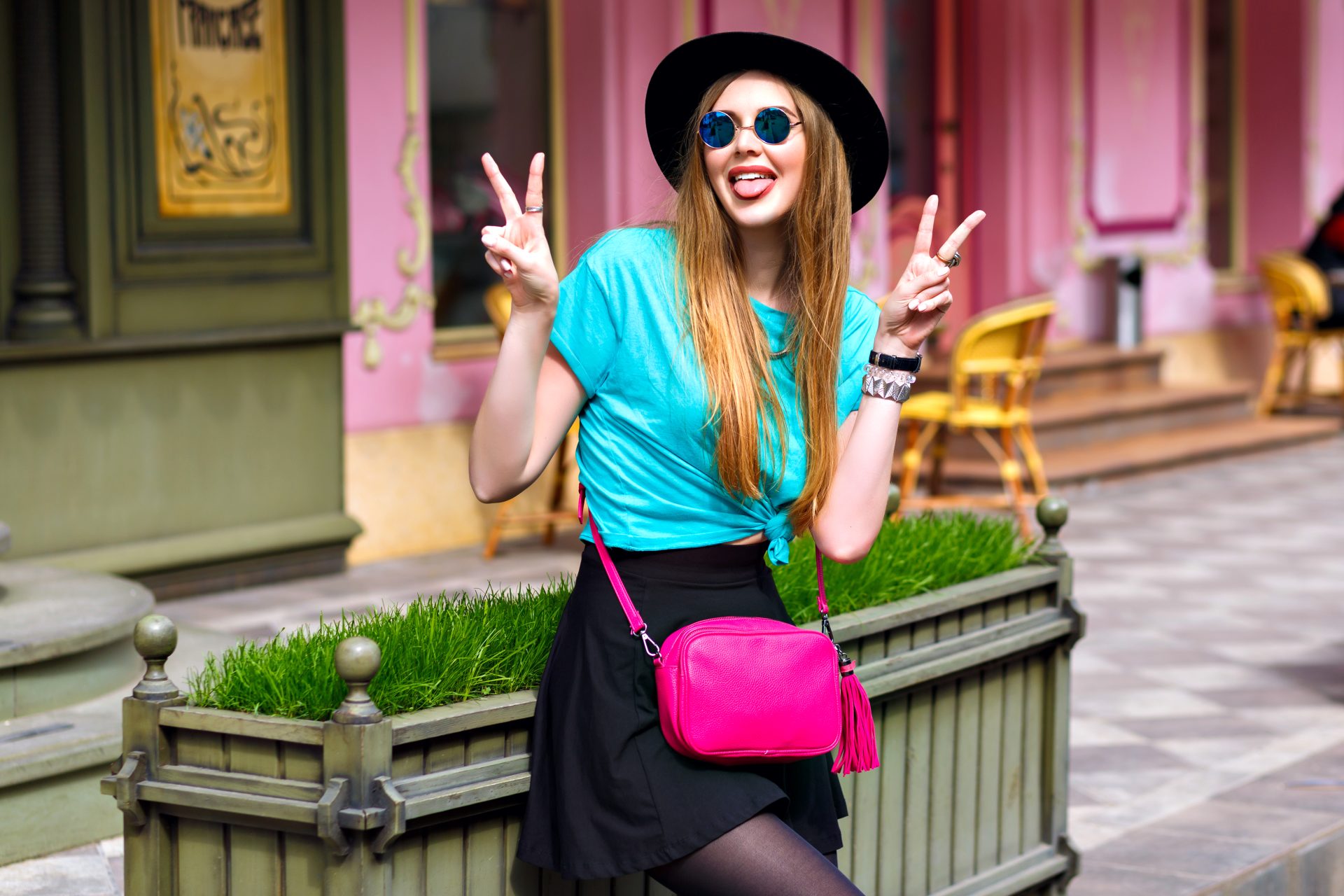


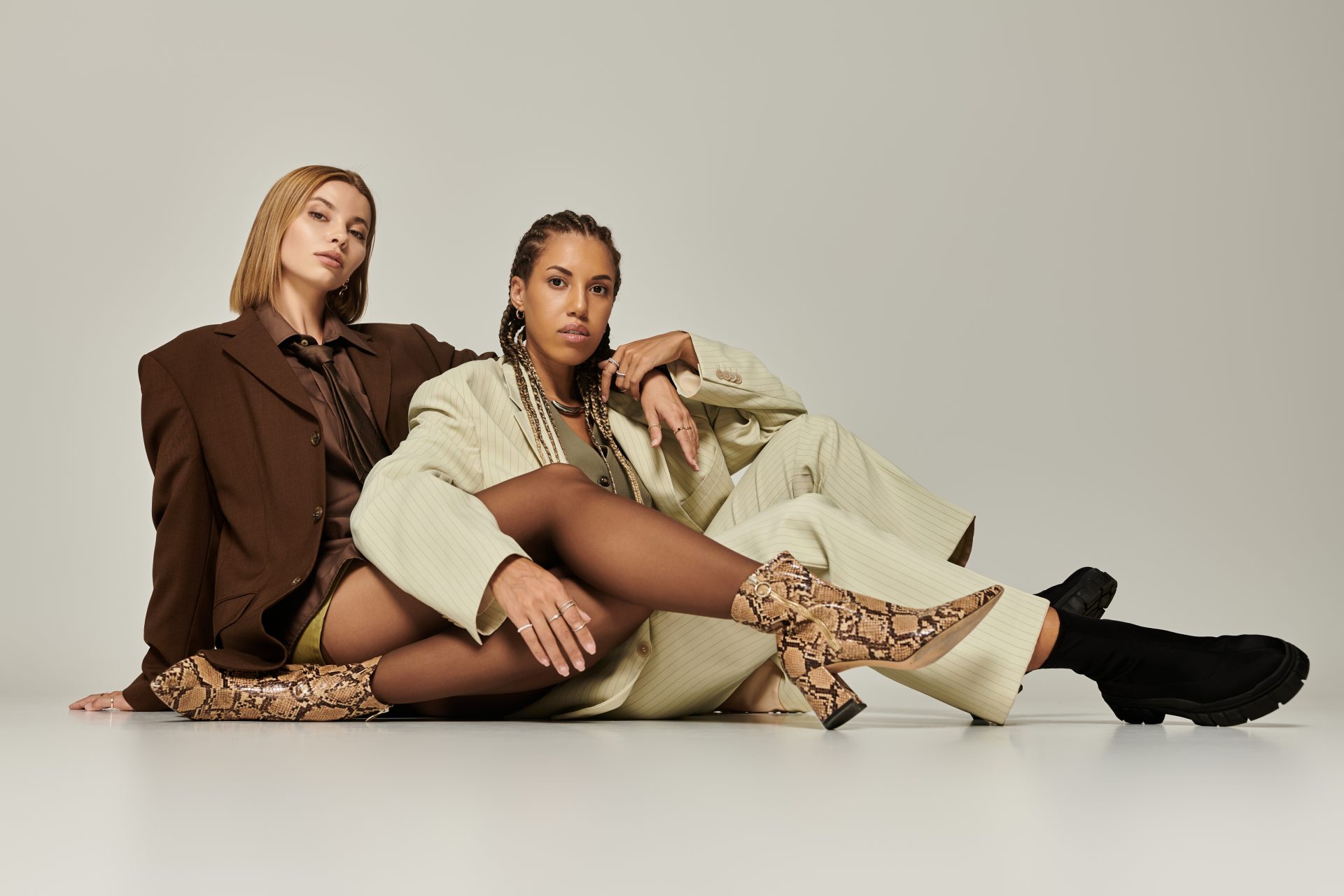
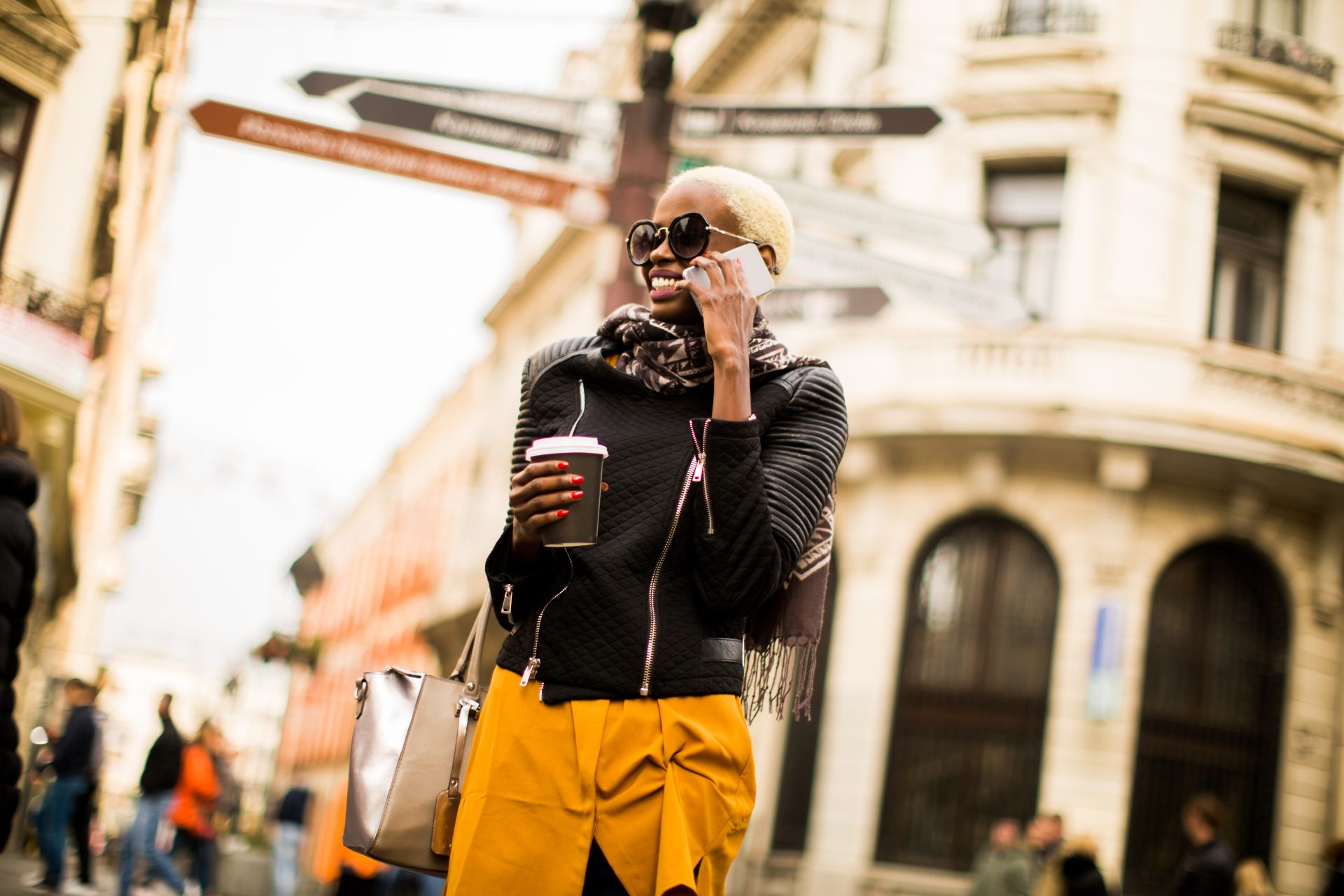
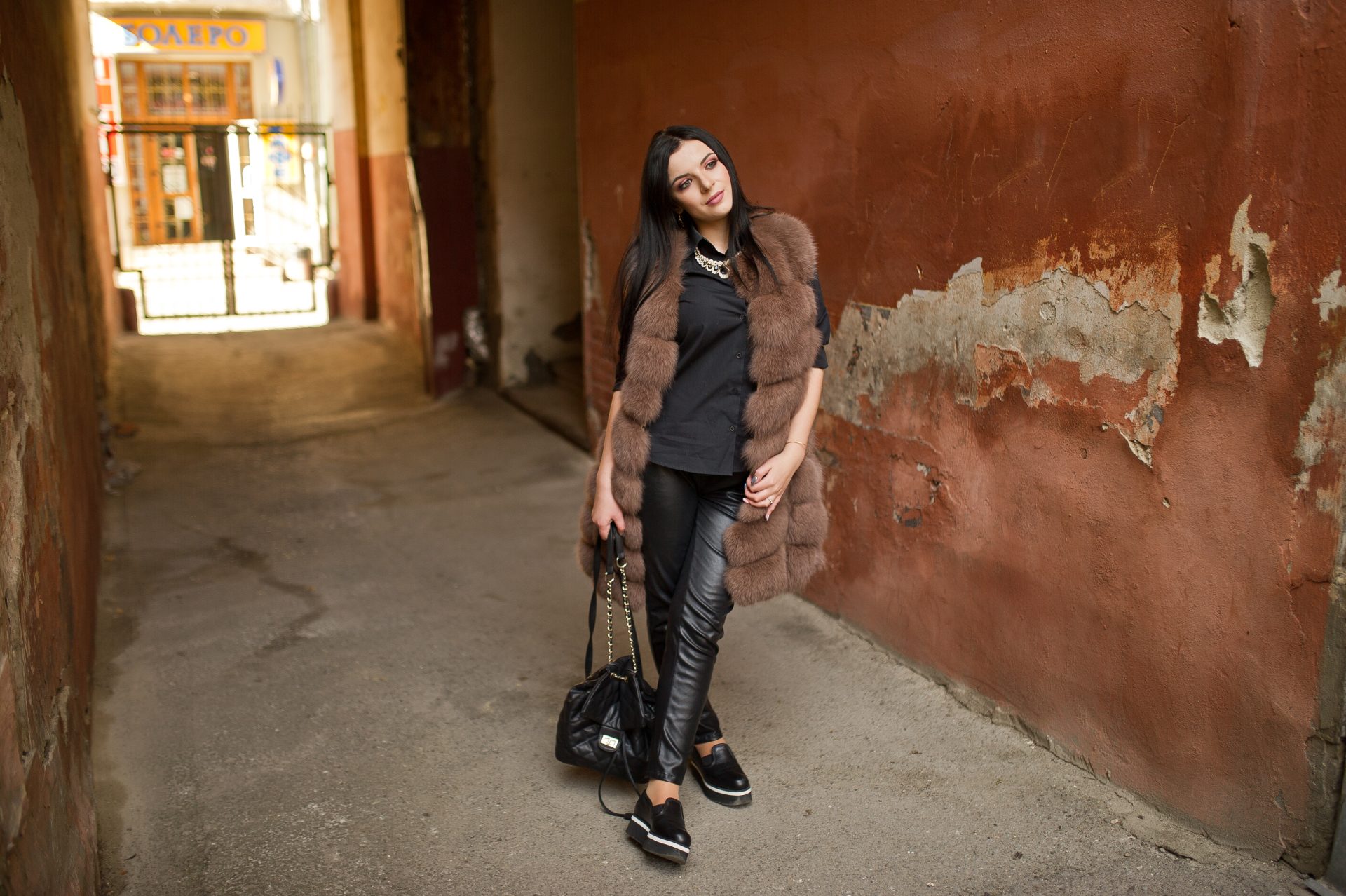

0 Comments